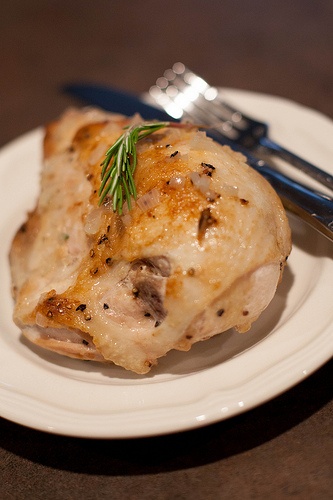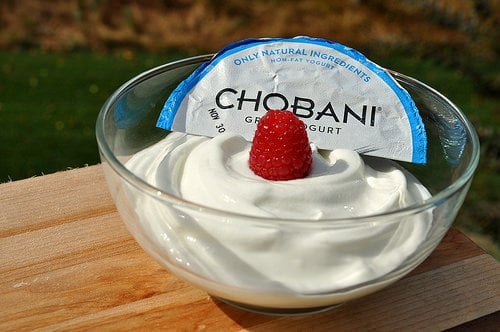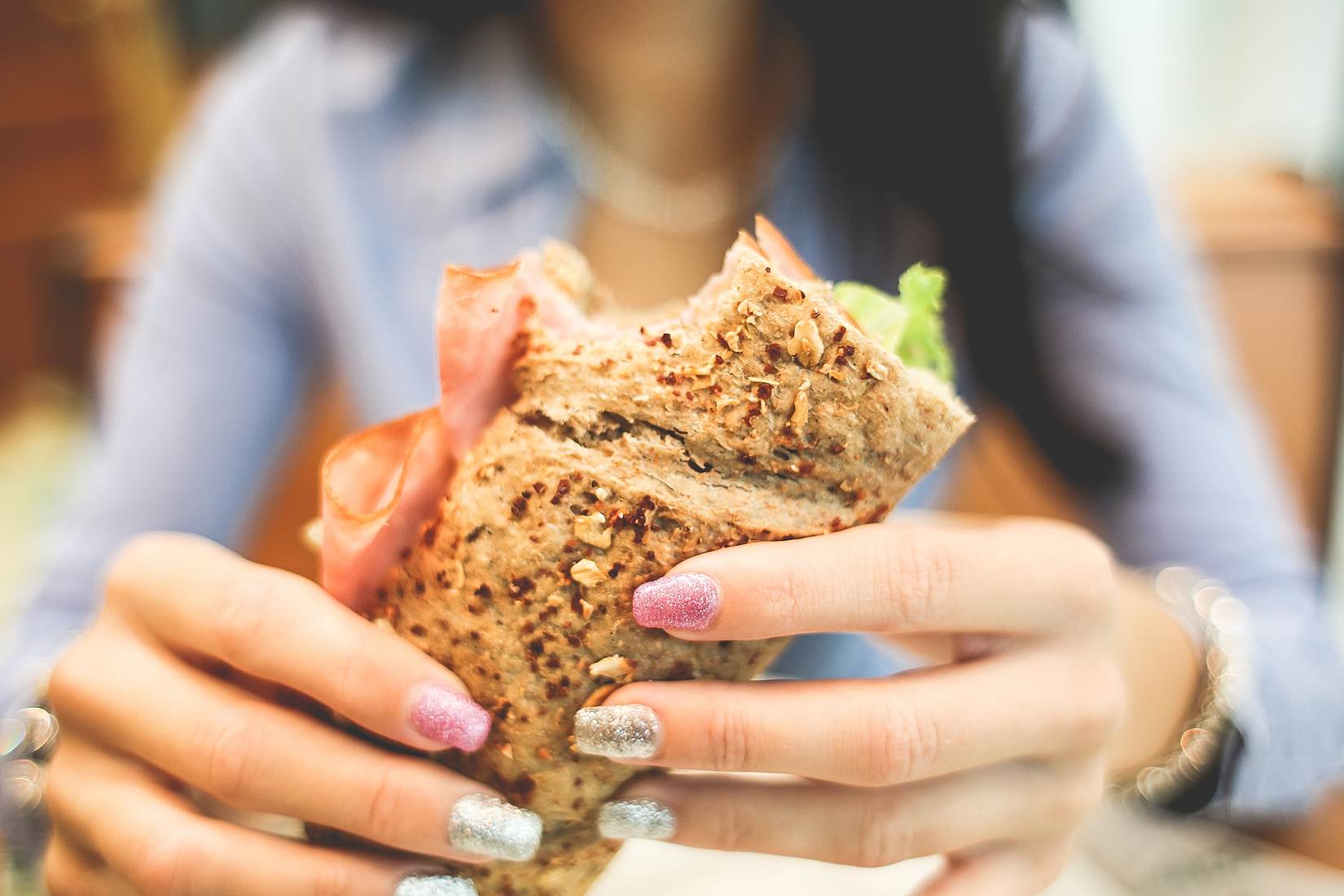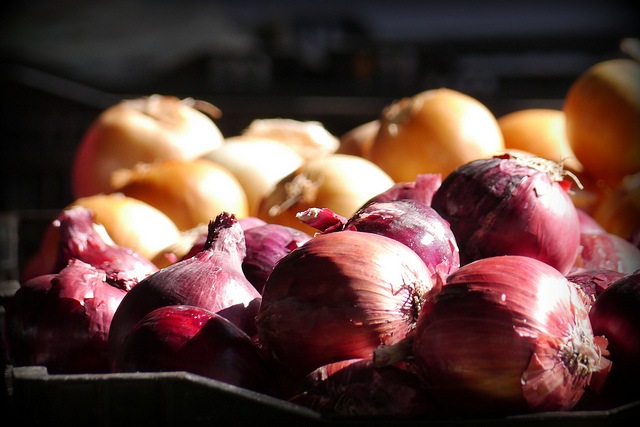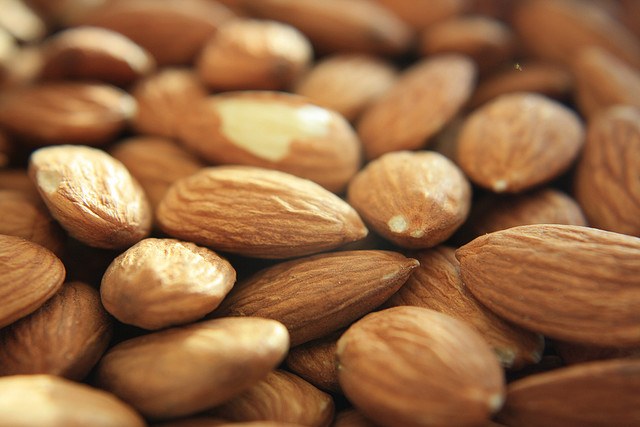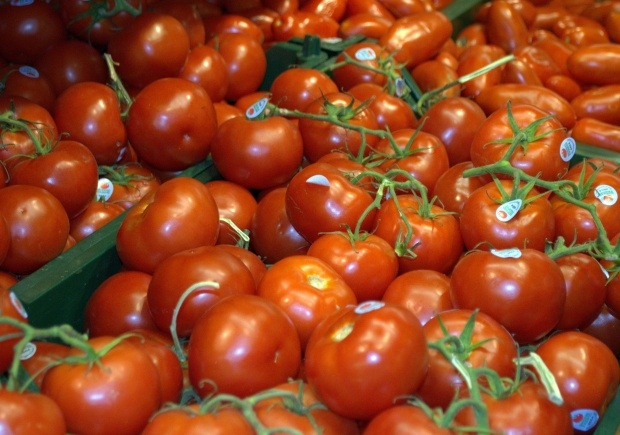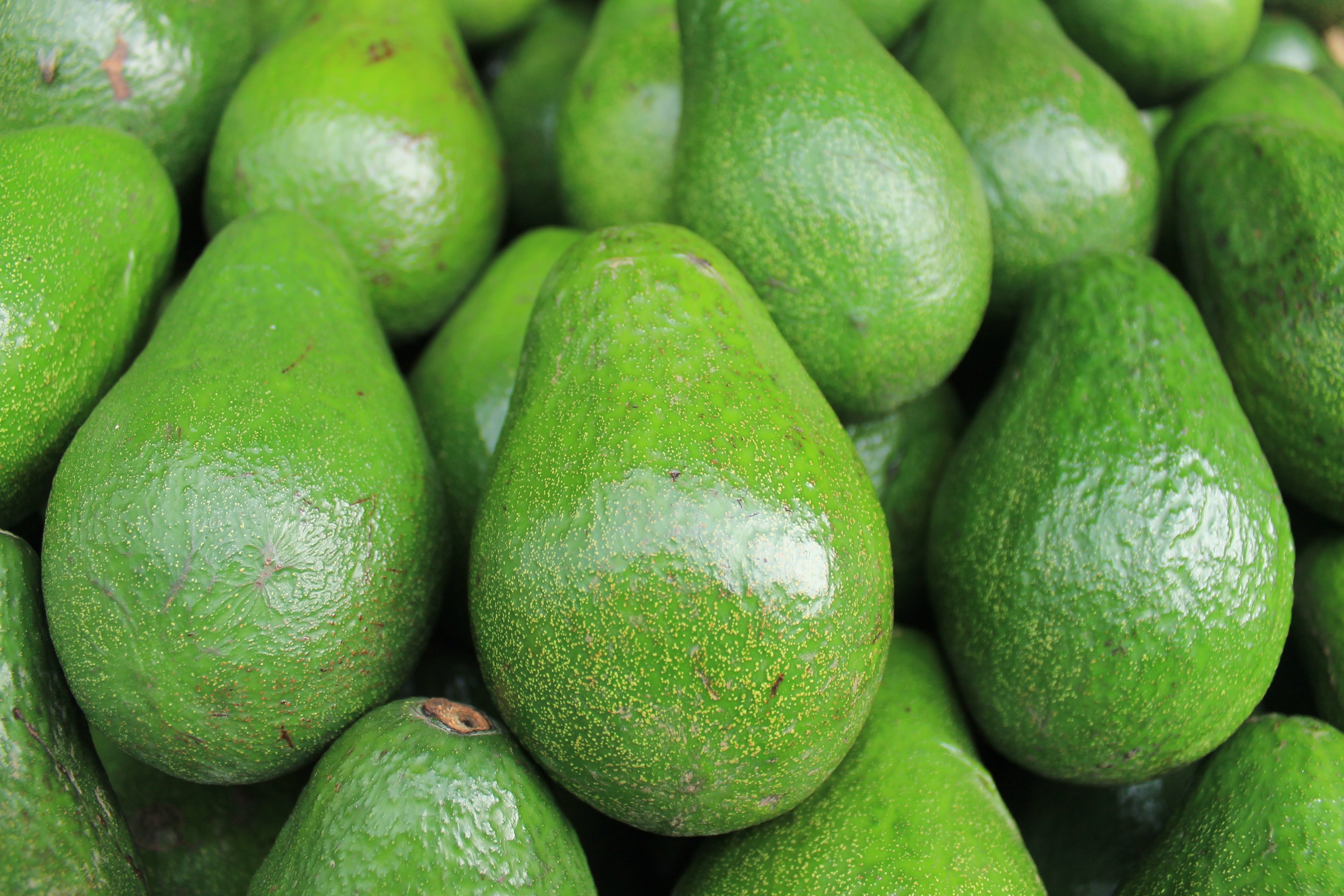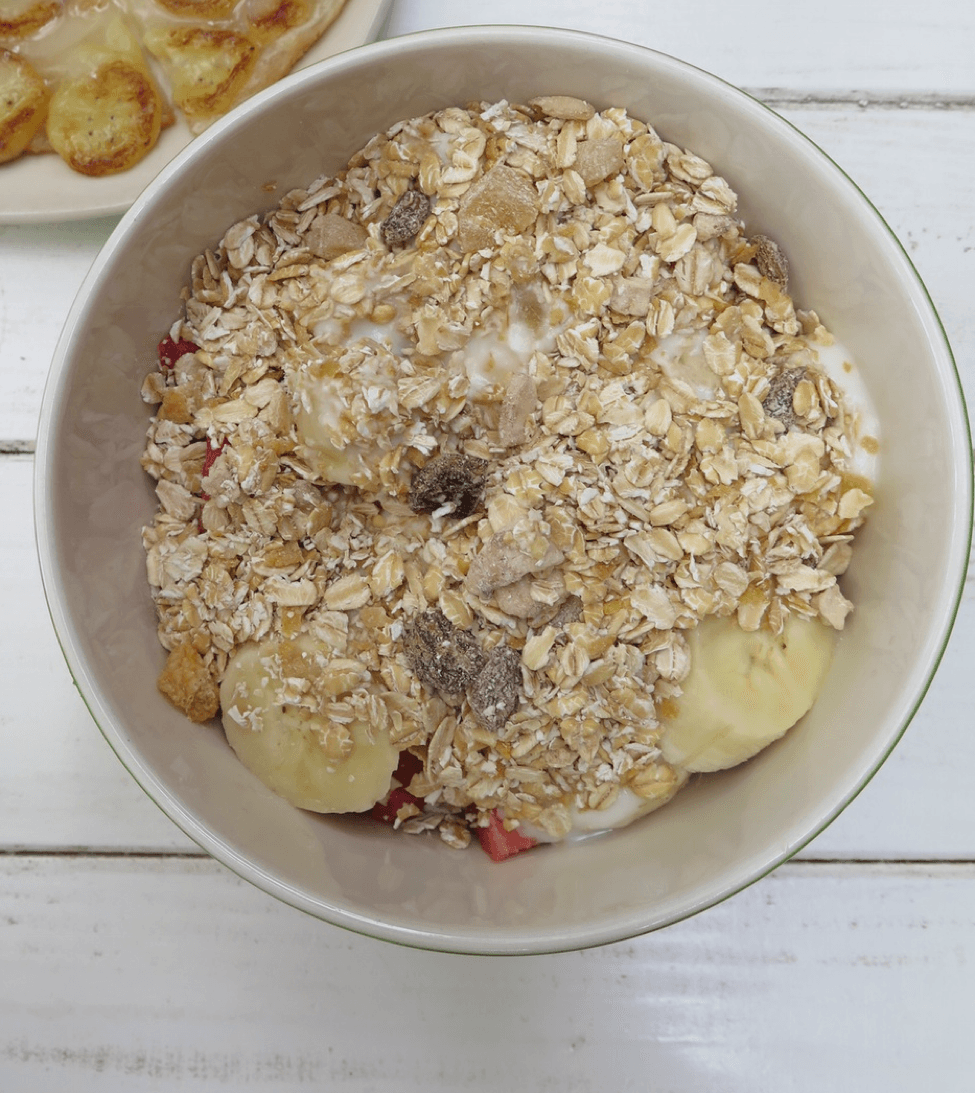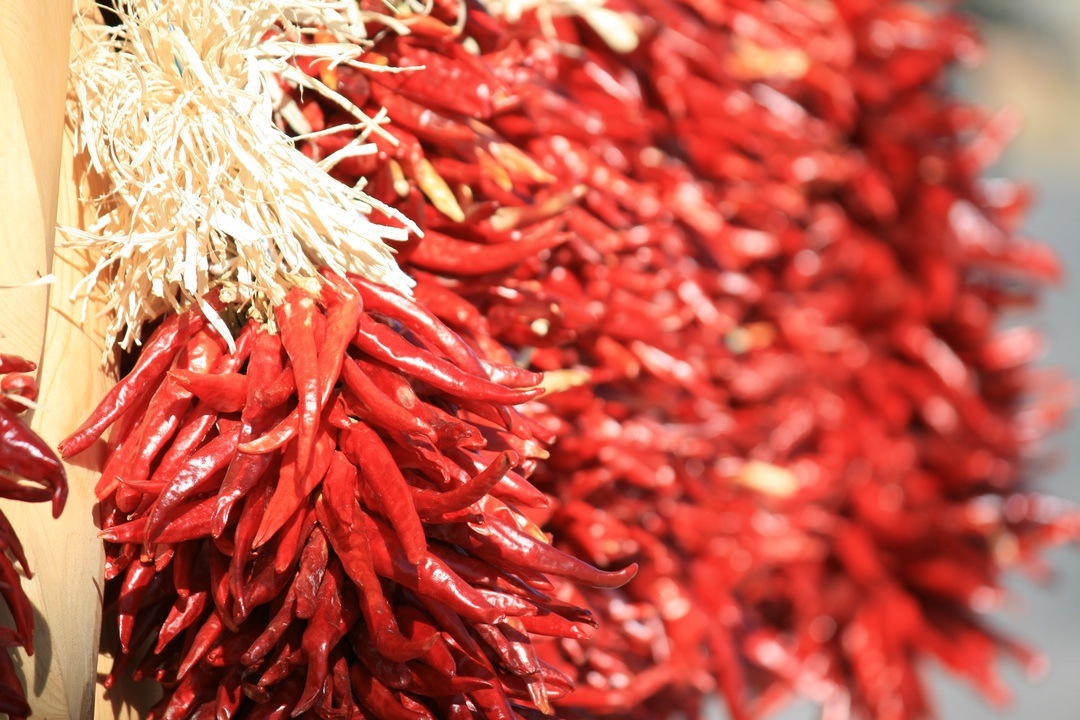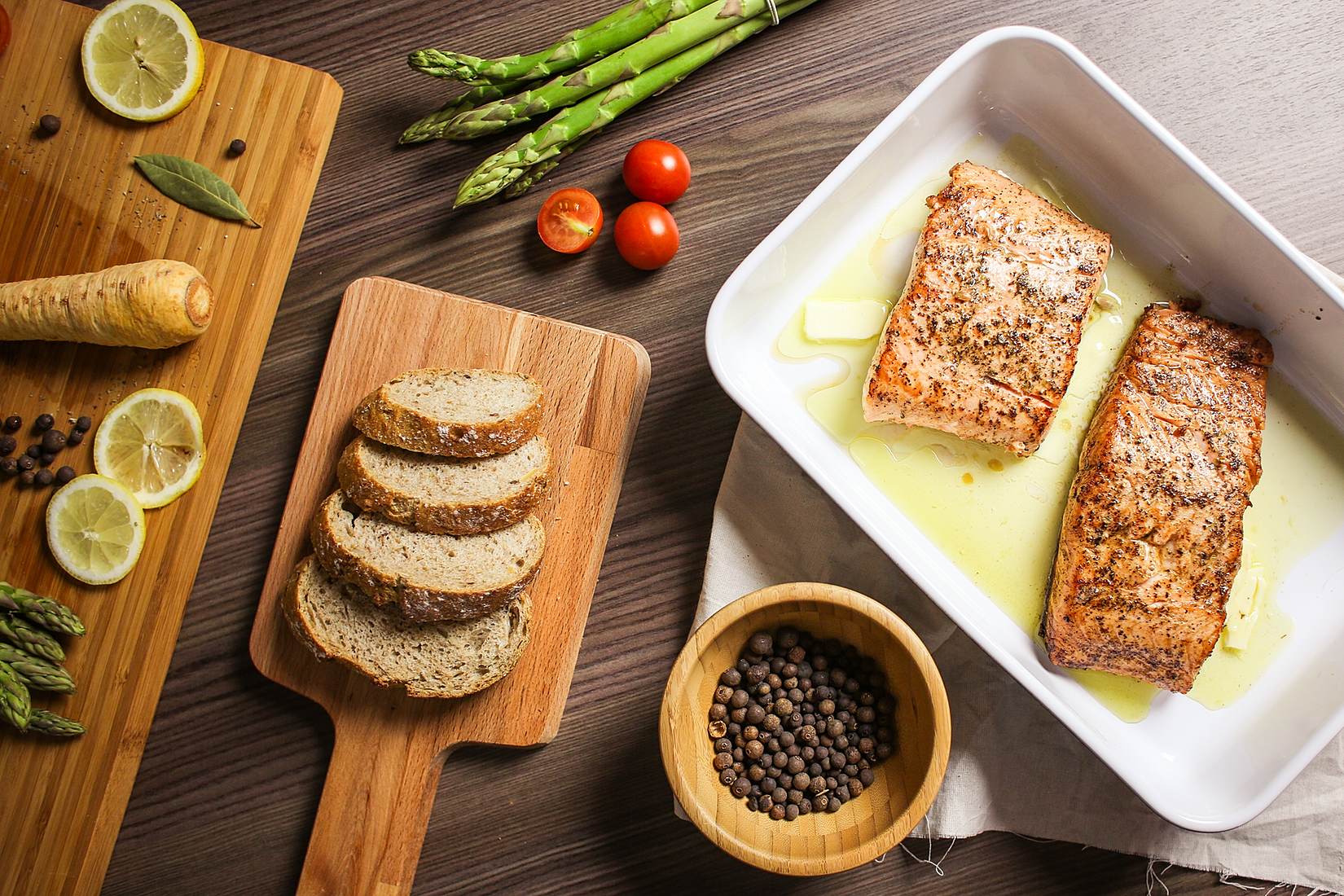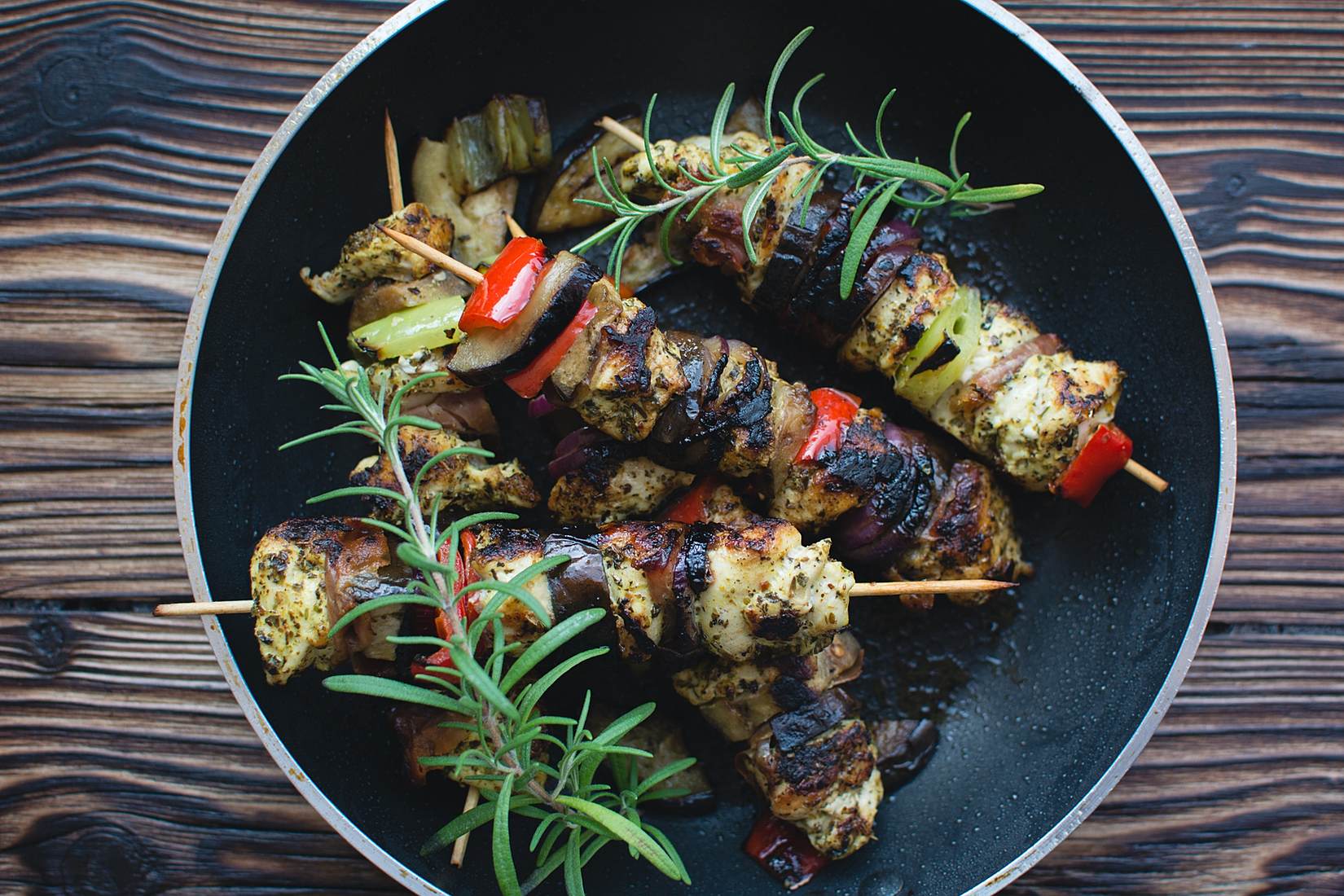1. Eggs
Eggs are an excellent breakfast choice and are a go-to source of high-quality protein, nutrients and vitamins. If you’re in a hurry or relaxing at home, eggs are a great way to enjoy your breakfast without feeling bloated or unhealthy. (Sorry waffles!!) Plus, they’re inexpensive and filling. If you like a sweeter version, I like to add a dash of cinnamon and vanilla extract to my scrambled eggs! (Like French toast without the bread and sugar!)
2. Chicken and Lean Meat
What is considered “lean meat”? Lean meats are relatively low in fat and are usually skinless. Chicken and other lean meats are essential healthy foods to keep around as they can make a main course pop with just the right ingredients. In a pinch, mix chicken, stir-fried veggies, and soy sauce for a healthier version of take-out.
3. Apples
What better breakfast, snack, or dessert than a succulent, crisp apple? Not only are apples fiber-laden, but they’re great for helping people lose weight. Try slicing an apple up and tossing it in your morning oatmeal with a dash of cinnamon. You can find a ton of creative recipes, or enjoy them straight out of the fridge!
4. Yogurt
Now, before you grab that 200-calorie topping-heavy yogurt with loaded sugars (artificial or not), stop! The best type of yogurt to eat is plain Greek yogurt with added toppings like fruit, nuts, seeds, or a drizzle of honey. (Greek yogurt also makes a great substitution for mayo in chicken salad!) Greek yogurt makes for a satisfying dessert, breakfast, snack — or even dinner!
5. Cheese
Cheese lovers, rejoice! Yes, cheese can be a healthy food! You just have to watch your proportions. Low-fat, part-skim string cheese and shredded cheeses are a delicious addition that can add a huge flavor punch to many recipes or on their own (String cheese is my go-to lunch snack; I’m still a child at heart!). Just be sure to eat sparingly — (I know, it’s hard) as cheese can add a lot of fat and sodium to your diet before you can even think to drop the cracker. Treat yourself to a better-quality cheese so you’ll not feel the urge to overindulge.
6. Organic Lunch Meat
Lunch meat is the traditional work lunch staple, right? But it’s just a grab-and-go food, right? Well, yes, but that doesn’t mean it can’t be one of the healthy foods kept in your fridge. It all comes down to which lunch meat you’re purchasing. By purchasing good-quality meats that are grass-fed and/or certified organic, and avoiding harmful ingredients such as aspartame, corn syrup, and sodium nitrate, you’re able to brown-bag your lunch without having to worry that your meal is unhealthy. Add a handful of greens, mozzarella, and tomatoes on whole grain bread for a filling and healthy afternoon choice.
7. Staple Vegetables (Pre-Cut)
Vegetables are delicious — yes, I said it. I love pairing baby carrots with peanut butter, hummus, or even shredded in my oatmeal. Oatmeal + raisins + carrots = The carrot cake of oatmeal! You can have a whole lot of fun with vegetables; try pairing pre-cut veggies including cucumbers, peppers, and broccoli with your favorite healthy spread. Just avoid the cream-heavy ranch dressings and other sugar-laden dressings.
8. Hummus
Hummus, a combination of chickpeas, olive oil, garlic, lemon juice and tahini, provides your body with protein and a number of vitamin and minerals. Perfect as a sandwich spread, vegetable dip, or even on pita by itself, hummus is healthy, packed with vitamins, and tasty.
9. Nut Butters
Often nut butters can get a bad reputation for being nothing but a dessert addition or a sugar-filled snack — but what’s the difference between nut butters and plain old mixed nuts? The added sugar/salt many brands contain. Try buying nut butters without added sugar, salt, oils, or nonsensical chemicals. If you want a little sweetness, try pairing your nut butter with a little drizzle of honey, bananas, or any other sweet fruit. (Peanut butter and strawberry sandwich, anyone?)
10. Mixed Greens
Mixed greens, including spinach, romaine lettuce, and kale are perfectly paired with any course of the day and we don’t need to remind you of the whole array of health benefits in your greens. In fact, spinach, a versatile green, is low in fat, high in niacin, zinc, protein, fiber, and a whole variety of vitamins. For lunch or dinner, try adding grilled chicken strips, cut-up veggies and a sprinkle of olive oil and vinegar to salad greens for a heart-healthy, filling meal. For breakfast, try making a frittata with eggs, spinach, and your favorite other veggies/toppings. (Yes, you can even add some cheese!) If you like smoothies, add a handful of spinach or kale to your favorite smoothie, and you won’t even notice the taste of greens.
11. Onions
Don’t cry, onions are good for you! Onions are a very good source of vitamin C, B6, calcium and fiber. Plus, they contain good amounts of folic acid, vitamin B1 and K. High in beneficial polyphenols, which play an important role in preventing and also reducing the progression of diabetes, cancer, and cardiovascular diseases, onions are a necessity for every fridge. For a quick and tasty meal, sauté onions with Brussels sprouts, mushrooms, and ground chicken, and you’ll have a dinner with lots of leftovers.
12. Lemons and Limes
But, what can I really do with lemons/limes, you may ask? A whole lot! Lemons and limes are actually great ways to add flavor to your otherwise bland water.They are both excellent sources of vitamin C, B6, potassium, and folate. Plus, if you’re a seafood/poultry lover, add a sprinkle of lime/lemon juice over your food before cooking. Voila!
13. Plant-Based Milk
Plant-based milks, whether almond, soy, rice, cashew, hemp, or rice milk, are a kitchen staples that add a huge burst of flavor to any meal. (Did you know an ounce of almonds provides 3.5 grams of fiber and 6 grams of protein?) Plant-based milks can be used in a variety of simple or complex recipes and also as a go-to for breakfast cereals, oatmeal, and smoothies. If you want a healthier version of ice cream, try pureeing frozen bananas, honey, and almond milk. You’ll forget all about the heavy milk and cream of normal ice cream.
14. Fresh Herbs
Put that salt down! Fresh herbs add flavor and freshness to nearly every recipe and most herbs and spices also contain more disease-fighting antioxidants than many fruits and vegetables. Try adding parsley, thyme, sage, dill, and rosemary to your favorite dishes, such as chicken, eggs, and pasta dishes.
15. Salsa
Tomatoes are an excellent source of vitamin C and can also help combat free radicals known to cause cancer. Good-quality salsa can be an excellent addition to handmade tortilla chips, burritos, tacos, and quesadillas.
16. Avocados
Avocados are not only packed with dietary fiber, potassium, vitamin C, and healthy fats (yes, the good kind), but they’re exceptional as a sandwich spread, partner in your guacamole, or on their own with a little salt and pepper.
17. Whole Grains
By whole grains, we’re not talking multi-grain; we’re talking whole grains, as in, in contains the entire part of the grain, like oatmeal, quinoa, or brown rice. If you think grains are bland on their own, you can add so much to them to spice them up! Take oatmeal for example: A little bit of plant-based milk, some mixed nuts, dried fruit, and a dash of cinnamon and vanilla extract will make your morning a breeze!
18. Hot Sauce
Hot sauce adds a powerful kick to many dishes and offers a boost of vitamin C and capsaicin, found in hot peppers. Aside from the spicy flavor in hot sauce, vitamin C and capsaicin have both been known to assist in boosting your metabolism. For the healthiest option, find an oil-free brand with minimal ingredients, such as chili peppers and vinegar and add it to your shrimp and tomato dish for a healthier version of shrimp creole.
19. Fish
Many types of fish are high in protein, low in fat, and chock-full of health benefits, including salmon and cod. Broil it and eat it as your main dish with a little bit salsa on top, or grill on your stovetop with a blend of mixed veggies.
20. Leftovers
This one may not be classified as a certain “food item,” but leftovers are great for keeping prepared healthy foods around throughout the week. On Sunday nights, try and prepare a huge meal which can double as weekday dinners and even as tupperware-friendly lunch dishes for work. Featured photo credit: Zlatko Unger via albumarium.com

